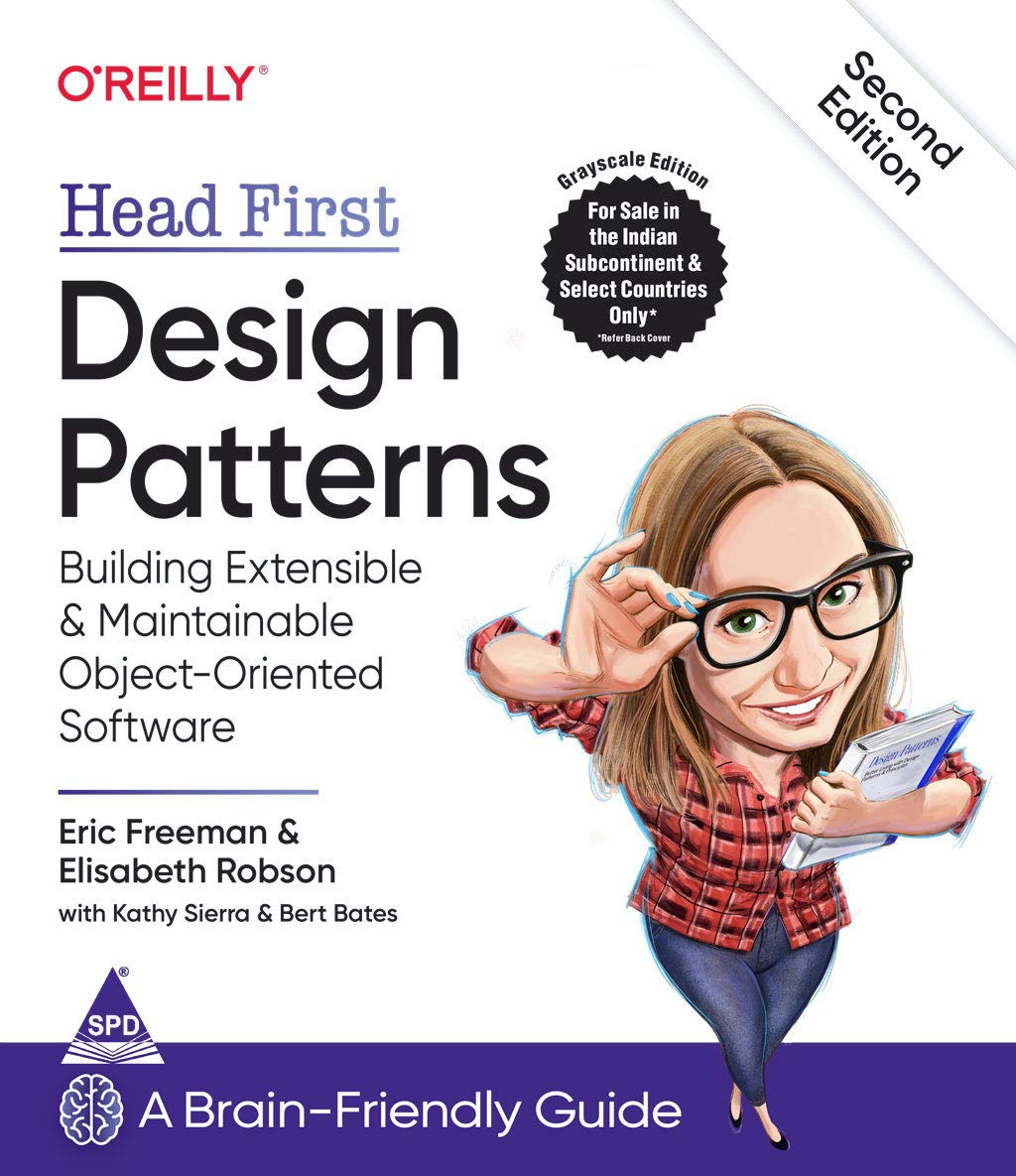🔄 JSON to YAML Converter — Free, Fast & Developer-Friendly | LangStop
Looking for the best online JSON to YAML converter that produces clean, readable output every time? Welcome to LangStop’s JSON → YAML tool — a blazing-fast, secure, and accurate converter built for developers, DevOps engineers, API designers, and YAML-heavy workflows like Kubernetes, Docker Compose, GitHub Actions, and server configuration.
Whether you're converting small JSON snippets or large, deeply nested structures, LangStop ensures zero data loss, proper indentation, clean formatting, and schema-preserving output.
🚀 What Is a JSON to YAML Converter?
A JSON to YAML converter is a tool that transforms data written in JavaScript Object Notation (JSON) into YAML Ain’t Markup Language (YAML) — a more human-readable configuration language.
JSON is strict and syntax-heavy. YAML is flexible, indentation-based, and used in modern infrastructure tools.
This converter helps you instantly switch between the two formats without worrying about:
- brackets
{ } - commas
, - quotes
- escape characters
- nesting issues
Just paste → convert → use.
💡 Why Convert JSON to YAML?
Here are the most common reasons developers convert JSON to YAML:
✔ 1. Kubernetes Manifests
K8s configurations are YAML-based:
1apiVersion: v1
2kind: Pod✔ 2. Docker Compose Files
Docker uses docker-compose.yml for service orchestration.
✔ 3. CI/CD Pipelines
GitHub Actions, GitLab CI, Azure DevOps, CircleCI — all use YAML workflows.
✔ 4. Developer Documentation
YAML is more readable for config examples.
✔ 5. Server & Cloud Configurations
Terraform variables, Ansible, AWS SAM templates, and CloudFormation use YAML.
✔ 6. Cleaner Syntax
No quotes, no commas — just indentation. Easier to read and maintain.
🧩 Features of LangStop’s JSON to YAML Converter
LangStop is designed for professionals building real production systems.
⭐ 1. Instant Conversion (Real-Time)
Output updates instantly as you type or paste JSON.
⭐ 2. Strict JSON Validator
Errors like missing commas or invalid structures are automatically detected and highlighted.
⭐ 3. 100% Accurate YAML Output
We ensure:
- proper indentation
- safe conversion of date strings
- boolean & number detection
- array formatting
- nested structures handled gracefully
⭐ 4. Secure & Private
All conversions happen in your browser (client-side). No data leaves your device.
⭐ 5. Supports Large Files
Optimized for big configs like:
- Kubernetes Helm values
- AWS infrastructure templates
- Docker orchestration files
⭐ 6. Dark Mode UI
Developer-focused, clean, distraction-free interface.
🛠️ How to Use the JSON → YAML Tool
Using LangStop’s converter is incredibly simple:
1️⃣ Paste your JSON
Use the left-side editor or upload a JSON file.
2️⃣ Auto-validate
The tool highlights syntax issues (missing quotes, invalid brackets, etc.).
3️⃣ Get YAML Output
The right-side editor instantly shows clean YAML.
4️⃣ Copy / Download
Copy, save, or use directly in your project.
🧪 JSON to YAML Example
Input (JSON):
1{
2 "name": "Alice",
3 "age": 25,
4 "skills": ["python", "docker", "kubernetes"],
5 "active": true
6}Output (YAML):
1name: Alice
2age: 25
3skills:
4 - python
5 - docker
6 - kubernetes
7active: trueReadable. Clean. Zero clutter.
🆚 JSON vs YAML — What’s the Difference?
| Feature | JSON | YAML |
|---|---|---|
| Syntax | Brackets + commas | Indentation |
| Readability | Medium | High |
| Comments | ❌ No | ✔ Yes |
| Multi-line strings | Complex | Simple |
| Use cases | APIs, Web Apps | DevOps, Infra, Config Files |
🔍 SEO Keyword Cluster (Targeted Within This Content)
Primary Keyword:
- JSON to YAML
Secondary Keywords:
- convert JSON to YAML
- online JSON to YAML converter
- free JSON to YAML tool
- JSON vs YAML
- YAML converter online
- JSON formatter
- YAML generator
Long-tail Keywords:
- best JSON to YAML online
- JSON to YAML for Kubernetes
- convert JSON to YAML without errors
- JSON to YAML converter with validation
- browser-based JSON tools
This page is optimized following semantic SEO practices, keyword clustering, NLP entities, and search intent mapping.
🔐 Security & Privacy: Your Data Stays on Your Device
LangStop runs client-side conversion using modern JavaScript parsing libraries. This means:
- no data uploaded
- no logging
- no servers involved
- safe for confidential configs
- works offline after page load
Perfect for enterprise and production workflows.
📘 When Should You NOT Use YAML?
Although YAML is powerful, avoid it if:
❌ You need strict machine-readable structure ❌ Configuration is extremely simple ❌ You want to prevent indentation-related errors ❌ The system consuming your data only accepts JSON
Example: browser front-ends and public APIs expect JSON. Infrastructure tools expect YAML.
🧠 Tips for Writing Better YAML
- Use consistent 2-space indentation
- Avoid tabs
- Keep arrays uniform
- Use anchors & references for duplication
- Add comments for future maintainers
- Validate YAML syntax before deployment
🎯 Why LangStop Beats Other JSON-to-YAML Converters
Unlike basic converters found online, LangStop focuses on:
✔ Developer UX
Beautiful dark mode, keyboard shortcuts, fast rendering.
✔ Speed
Optimized for low-latency conversions.
✔ Reliability
Uses industry-standard parsing libraries.
✔ Accuracy
Handles edge cases other tools break on:
- ISO date strings
- deeply nested JSON
- empty objects
- escaped characters
- unusual whitespace
✔ Tool Ecosystem
LangStop offers a suite of dev tools: JSON Formatter, JSON Diff, Minify, Beautify, YAML tools, String converters, and more.
🏁 Final Thoughts
LangStop’s JSON to YAML Converter is built to help developers, cloud engineers, DevOps teams, and data modelers work faster and error-free.
If you want a:
- fast
- accurate
- private
- developer-grade
tool for JSON ↔ YAML conversion…
👉 LangStop is the best place online to do it — free and always available.





